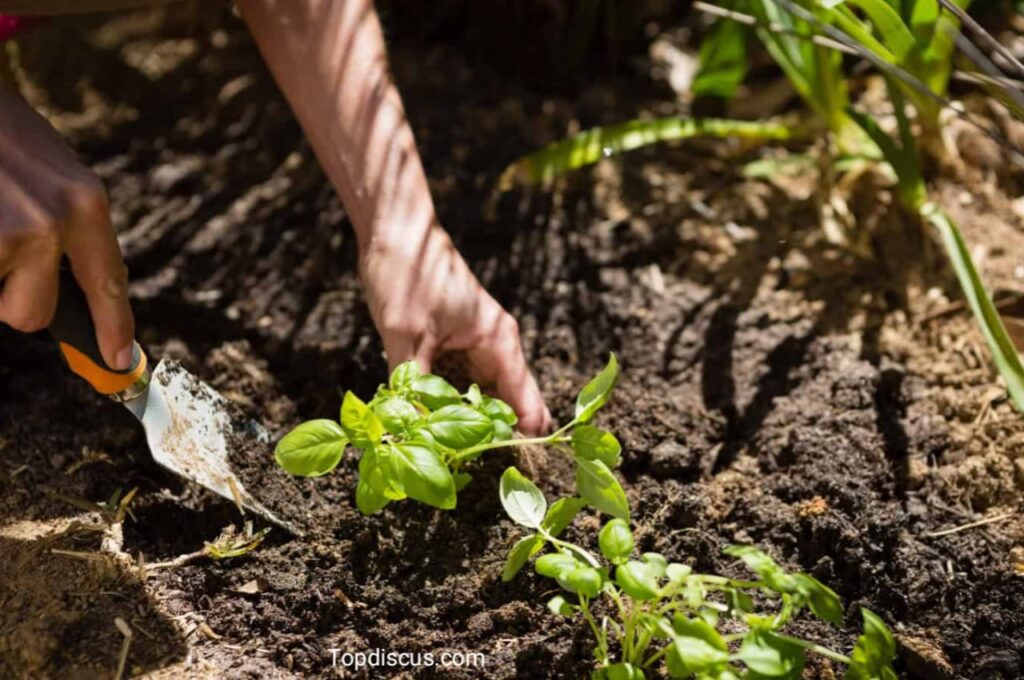Growing your almond tree at home is a rewarding experience and a sustainable way to enjoy the nut’s delicious taste and numerous benefits. Almonds are one of the world’s most popular tree nuts, known for their versatility in various cuisines and their heart-healthy properties. If you’re looking to delve into the art of home horticulture and add some arboreal bounty to your backyard, this comprehensive guide is your starting point.
The Almond Tree Advantage:
Before you dive into the nitty-gritty of almond tree cultivation, it’s important to understand why it’s a worthwhile pursuit. Homegrown almonds have a fresher, more robust flavor compared to store-bought varieties, and you have the satisfaction of knowing exactly where and how they were grown. Almond trees also add beauty to your landscape with their delicate pink and white blossoms, making them not just a source of food, but a part of your family garden.
Choosing the Right Almond Tree Variety:
When embarking on an almond-growing journey, the first step is selecting a variety suited to your local climate. To ensure a bountiful harvest, you’ll also want a variety that doesn’t require another almond tree for cross-pollination, unless you have space for more than one tree. Factors such as chill hours (the number of hours trees must be exposed to temperatures below 45°F), overall hardiness, and whether the variety is self-pollinating, are all crucial to consider. For example, the popular ‘Nonpareil’ almond requires pollination from another variety, while ‘Carmel’ is a self-fertile cultivar. Visit local nurseries and extension services for the best advice on varieties that thrive in your specific climate.
Preparing the Soil and Planting:
 Almond trees prefer well-draining soil, as they are susceptible to root rot in soils with poor drainage. They also enjoy a more alkaline soil pH of 7.0-8.5, so unless your soil naturally fits these criteria, amending it will be a necessary step for their success. When it comes to planting, the timing is often crucial. Spring is the ideal season to plant almond trees, giving them the growing season to establish roots before the harsher conditions of winter set in. Plant with the bud union several inches above the soil level, keeping the rootstock stable. Adequate spacing, typically 12 to 20 feet between trees, is essential to ensure good air circulation and future accessibility for pruning and harvesting.
Almond trees prefer well-draining soil, as they are susceptible to root rot in soils with poor drainage. They also enjoy a more alkaline soil pH of 7.0-8.5, so unless your soil naturally fits these criteria, amending it will be a necessary step for their success. When it comes to planting, the timing is often crucial. Spring is the ideal season to plant almond trees, giving them the growing season to establish roots before the harsher conditions of winter set in. Plant with the bud union several inches above the soil level, keeping the rootstock stable. Adequate spacing, typically 12 to 20 feet between trees, is essential to ensure good air circulation and future accessibility for pruning and harvesting.
“Please Click Here To Visit Our Homepage”
Providing Proper Care and Maintenance:
-
Watering and Irrigation
-
Fertilization and Nutrient Requirements
-
Pruning and Training
1. Watering and Irrigation:
Water is crucial for the health of your trees, but over-watering can lead to issues like root rot. Almond trees should be watered deeply, but infrequently once established. Young trees need a more regular watering schedule as they develop their root systems. The use of mulch can be a great ally in moisture retention and weed suppression.
2. Fertilization and Nutrient Requirements:
Almonds need a balanced fertilization regimen to promote healthy growth and nut production. Nitrogen, phosphorus, and potassium are key nutrients, with nitrogen being the most important for almond growth in the first few years. Regular soil testing can guide your fertilizer schedule, ensuring that your tree gets the nutrients it needs without overloading the soil with chemicals.
3. Pruning and Training:
Proper pruning is vital for shaping trees, managing their height, and ensuring a good yield. Train your tree to a central leader shape, which features a dominant vertical trunk with smaller lateral branches. Regular pruning helps maintain the tree’s health by allowing sunlight and air circulation to reach the center of the tree, reducing the risk of disease. Do major structural pruning in the winter while the tree is dormant and lighter maintenance pruning in the summer.
Managing Pests and Diseases:
Almond trees can face several pests and diseases. For instance, the peach twig borer, navel orangeworm, and aphids are common pests that attack the nut itself, while diseases like brown rot and leaf scorch can impact overall health. Implementing integrated pest management (IPM) strategies is a sustainable way to combat pests and diseases. This method combines biological, cultural, and if necessary, chemical control methods. Keep the area around your tree clear of debris, use pheromone traps to disrupt breeding, and employ beneficial insects to manage populations. If chemical treatments are needed, always follow the label instructions and consider the timing to minimize environmental impact.
Harvesting and Storage:
Almonds are ready to harvest when the hull splits, revealing the shell inside. This usually occurs in late summer or early fall, but the timing can vary based on the variety and local climate. As the hulls split, the nuts may naturally fall to the ground, which is a good indication it’s time to harvest.
Harvesting Techniques:
For the nuts that don’t fall, gently shake the tree or use a pole to encourage the almonds to drop. Be mindful to avoid damaging the branches or causing unripe nuts to fall. Once harvested, remove the hulls and allow the nuts to dry in a well-ventilated area. Store your almonds in a cool, dry place to maintain their quality. Avoid areas with high humidity, as this can cause the nuts to spoil. If you won’t use all your almonds immediately, they can be stored in the freezer for long-term preservation.
“Click Here For More Information”
Benefits of Almonds for Health:
 Almonds have been praised for centuries as one of nature’s most perfect foods—and for good reason. High in nutrients and a rich source of vitamin E, protein, and healthy fats, almonds are a powerhouse of positive health benefits. This post explores the various ways incorporating almonds into your diet can enhance your overall well-being, crafted specifically for home horticulturists seeking to optimize their health.
Almonds have been praised for centuries as one of nature’s most perfect foods—and for good reason. High in nutrients and a rich source of vitamin E, protein, and healthy fats, almonds are a powerhouse of positive health benefits. This post explores the various ways incorporating almonds into your diet can enhance your overall well-being, crafted specifically for home horticulturists seeking to optimize their health.
-
Almonds are Beneficial for Heart Health
-
Almonds are a Brain-Friendly Snack
-
Almonds are Beneficial for Weight Management
-
Almonds are Full of Energy
-
Almonds are Beneficial for Skin
-
Almonds are Beneficial for Digestive Health
-
Almonds are Beneficial for Skin Cancer
-
Almonds are Beneficial in Pregnancy
-
Almonds are Beneficial for Diabetes
-
Almonds are Beneficial for Bone Health
Conclusion:
Growing almond trees at home is a fulfilling endeavor that yields more than just a crop of delicious nuts. It’s an opportunity to connect with nature, learn about arboriculture, and savor the unique joys of homegrown produce. Begin with detailed research and the right preparation, and soon you’ll be reaping the rewards of your almond harvest. Happy planting!

